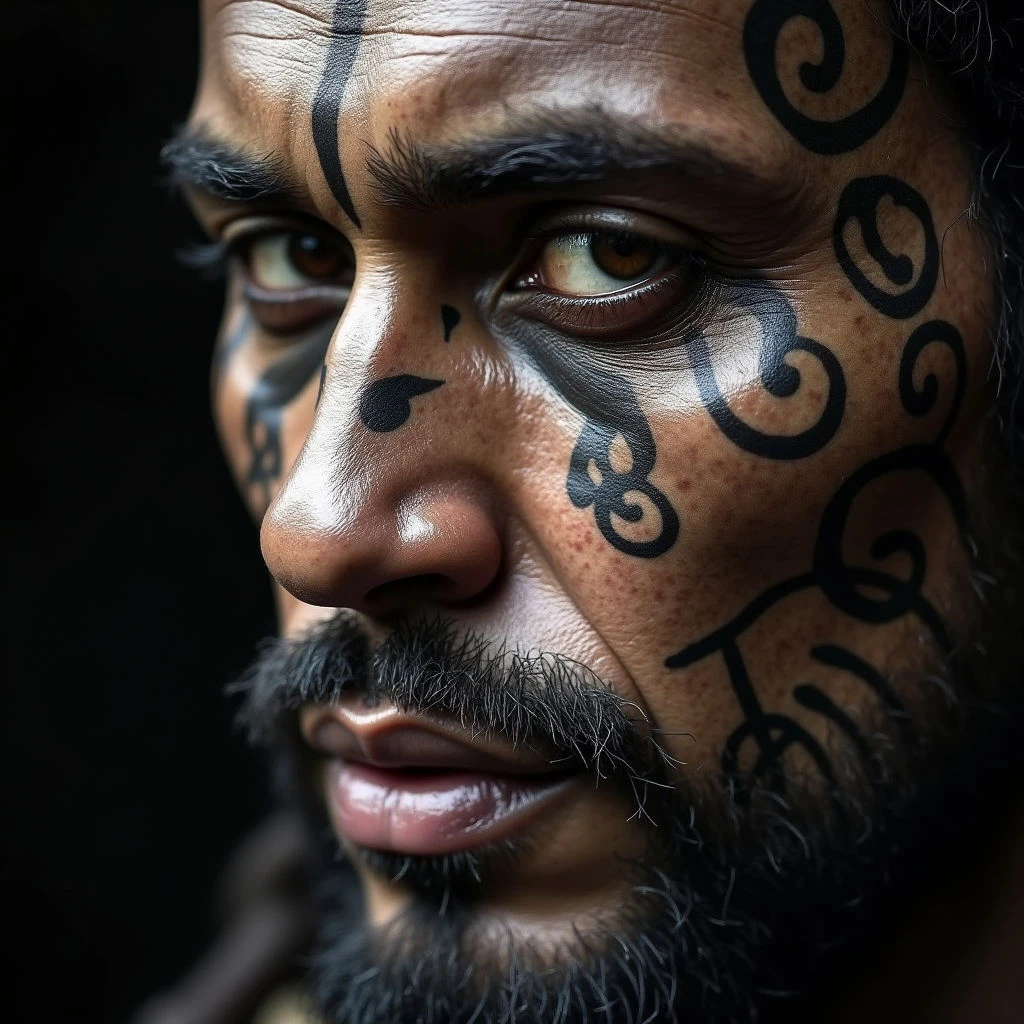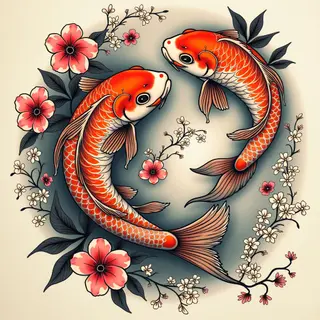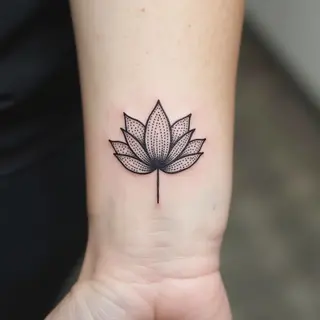The Meaning Behind Facial Tear Tattoos
Facial tear tattoos, once tied closely to specific cultures and traditions, are now recognized as powerful ways for people to express themselves. To really understand what they mean, it's helpful to look at both their history and why individuals choose them.
Historical and Cultural Significance
Across many Polynesian cultures—think Māori and Samoan traditions—facial markings, including those resembling tears, have historically indicated status, lineage, and marked important life events. It’s a common misconception that these were always about sadness; they could also represent strength, resilience when facing tough times, or a connection to ancestors.
For example, Ta moko, the traditional Māori tattooing practice, often uses spiral patterns called koru. These can evoke feelings of longing and remembrance – sometimes seen as symbolic tears. In other Pacific Island cultures, facial tattoos served as a way to mourn lost loved ones, showing deep grief and respect. The placement and design were carefully chosen to communicate specific messages about the person who died and the mourner’s relationship with them.
Modern Meanings
Today, people choose facial tear tattoos for a variety of reasons. Here are just a few:
-
Personal Loss: A constant reminder of someone who’s no longer with us.
-
Overcoming Adversity: A symbol of strength and resilience after a difficult experience.
-
Emotional Release: An outward expression of deep emotions like sadness, pain, or regret.
-
Connection to Heritage: A way to honor cultural traditions and ancestral roots.
It's really important to approach this type of tattoo with respect for its origins. Doing some research about the symbolism within your chosen culture is essential, as is finding a skilled artist who understands those traditions and can execute the design thoughtfully.


